Sadako Sadako Sasaki was only two years old when the atomic bomb was dropped on Hiroshima on Approximately 140,000 people died as a result of that blast, but Sadako survived and grew to become a strong athletic girl When she was eleven, practicing for a big running race at school, she became dizzy and fell to the groundSADAKO SASAKI STATUE Seattle, WA Wallingford Sadako Sasaki ( – ) was a Japanese girl who lived near Misasa Bridge in Hiroshima, Japan when the atomic bomb was dropped on Hiroshima Sadako was only two years old on when she became a victim of the atomic bomb There is also a statue of Sadako holding a crane on top of the Children's Peace Monument, which is located in the Hiroshima Peace Memorial Park The monument was built using money derived from a fundraising campaign by Japanese school children, including Sasaki's classmates, with the main statue entitled Atomic Bomb Children

Nicos Kourenkov Sadako Sasaki
Sadako sasaki statue
Sadako sasaki statue-Sadako Sasaki (GC452XF) was created by kanchan on It's a Small size geocache, with difficulty of 3, terrain of 15 It's located in California, United StatesSolve the puzzle below for the actual coordinates The cache is not at the posted location On , almost 3 years after Sadako had died, enough money was collected to build a monument in her honour It is now known as the Children's Peace Monument and is located in the center of Hiroshima Peace Park, close to the spot where the atomic bomb was dropped 1958, unveiling of the Children's Peace Monument




Hiroshima And Peace Memorial Park Pumpkintale
The Story Of Sadako Sasaki Three students, including Sadako's younger brother Eiji Sasaki pulled the red and white tape off the statue to symbolize its completion, while Beethoven's Seventh Symphony was played The little bell, contributed by Dr Yukawa, inscribed with "A Thousand Paper Cranes" on the front and "Peace on Earth and There is also a statue of Sadako holding a crane on top of the Children's Peace Monument, which is located in the Hiroshima Peace Memorial Park The monument was built using money derived from a fundraising campaign by Japanese school children, including Sasaki's classmates, with the main statue entitled Atomic Bomb Children In many ways, Sadako Sasaki became a symbol for all of the innocent live lost during World War Two and the impact of nuclear weapons Her time on this world was brief, but her legacy of hope lives on every time someone folds a paper crane In 1958, a statue of Sadako holding a golden crane was unveiled in the Hiroshima Peace Memorial Park
Sadako Sasaki was two years old on August 6th, 1945 when the United States dropped a nuclear bomb on the city of Hiroshima Since 1958, many thousands have visited the statue of Sadako in Hiroshima Peace Memorial Park, where Sadako still lifts a large paper crane overhead Inscribed at the foot of Sadako's statue is a plaque that reads A picture of Sadako Sasaki Statue hosted by travelblogorg December 6th 07 Hiroshima On , the city of Hiroshima was the target of the first atomic bomb used against civil population in historyIn 1958, a statue of Sadako holding a golden crane was unveiled in the Hiroshima Peace Memorial Park At the foot of the statue is a plaque that reads "This is our cry This is our prayer For Building peace in the world" There is also a statue of her in the Seattle Peace Park Sadako has become a leading symbol of the impact of nuclear war
On , with 1,300 origami cranes hanging overhead, Sadako died, aged just 12 years old In 1958, a statue of Sadako holding a golden crane was unveiled in the Hiroshima Peace Memorial Park At the foot of the statue a plaque reads "This is our cry This is our prayer Peace in the world" The fundraising was successful and three years after Sadako's death the Children's Peace Monument was erected in Hiroshima Peace Park It still stands today On the top is a Sadako statue holding a wireframe origami crane The inscription at the bottom reads "This is our wish, this is our cry Peace in the world" Sadako Sasaki's LegacySadako's resilient spirit and her origami cranes inspired her friends and classmates to raise money for a monument for Sadako and the children who died as a result of atomic bombings Since 1958, thousands have visited the statue of Sadako in Hiroshima Peace Memorial Park Sadako's figure lifts a large paper crane overhead
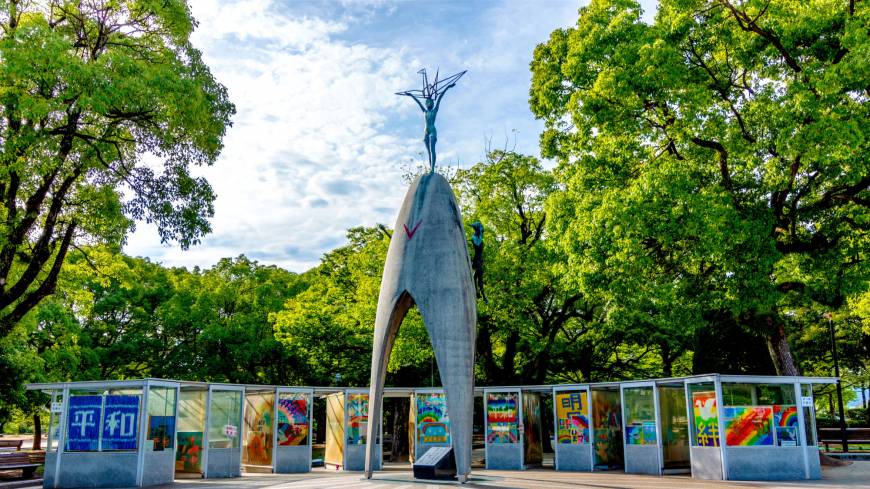



60 Years After Sadako Sasaki S Death The Story Behind Hiroshima S Paper Cranes Is Still Unfolding The Japan Times




Sadako Sasaki Statue Peace Park Seattle Wa Dmc Gf1 L Flickr
In front of the Children's Peace Monument (****, Genbaku no Ko no Z*) you can see the following Hiroshima's atomic bombing in August 1945 led to more than 3,000 child fatalities and Sadako Sasaki (who received the statue as a memorial) was a major advocate for the victims' rights Sadako Sasaki was two years old when the atomic bomb, known as the "Little Boy" was dropped on Hiroshima on and created a hell on earth Her older brother, Masahiro tells her story in this book for all to learn about her braveness and contribution to peace No one was expecting the vast and ongoing devastation that began thatSadako Sasaki was a Japanese girl living in Hiroshima when the atomic bomb was dropped on Japan () In 1955, at age 11, Sadako was diagnosed with leukemia, a type of cancer caused by the atomic bomb The Hiroshima Peace Memorial was completed in 1958 and has a statue of Sadako holding a golden crane At the base is a plaque




Sadako Sasaki Statue Peace Park Seattle Wa Dmc Gf1 Wit Flickr




Hiroshima Japan April 18 15 Children S Peace Monument This Monument For Peace To Commemorate Sadako Sasaki And The Children Victims Of The Atomic Bombing Stock Photo Picture And Royalty Free Image Image
Thousand Cranes' is an emotionally moving play that recounts the true story of Sadako Sasaki The bright and bubbly character of Sadako falls ill due to the lasting effects of the atomic bomb dropped when she was 2 The play goes on to explore the legend of a thousand cranes which says that if someone folds a thousand cranes they will be Nagasaki Statue 16 images blood rice and noodles japan part 2 nagasaki, statue de la paix de nagasaki nagasaki attractions voyage au japon, nagasaki the a bomb s second city orange county register, nagasaki was bombed 68 years ago today why does there seem to be less,In 1958, a statue of Sadako holding a golden crane was unveiled in the Hiroshima Peace Memorial Park At the foot of the statue is a plaque that reads "This is our cry This is our prayer Peace in the world" There is also a statue of her in the Seattle Peace Park Sadako has become a leading symbol of the impact of nuclear war




35 Sadako Sasaki Photos And Premium High Res Pictures Getty Images
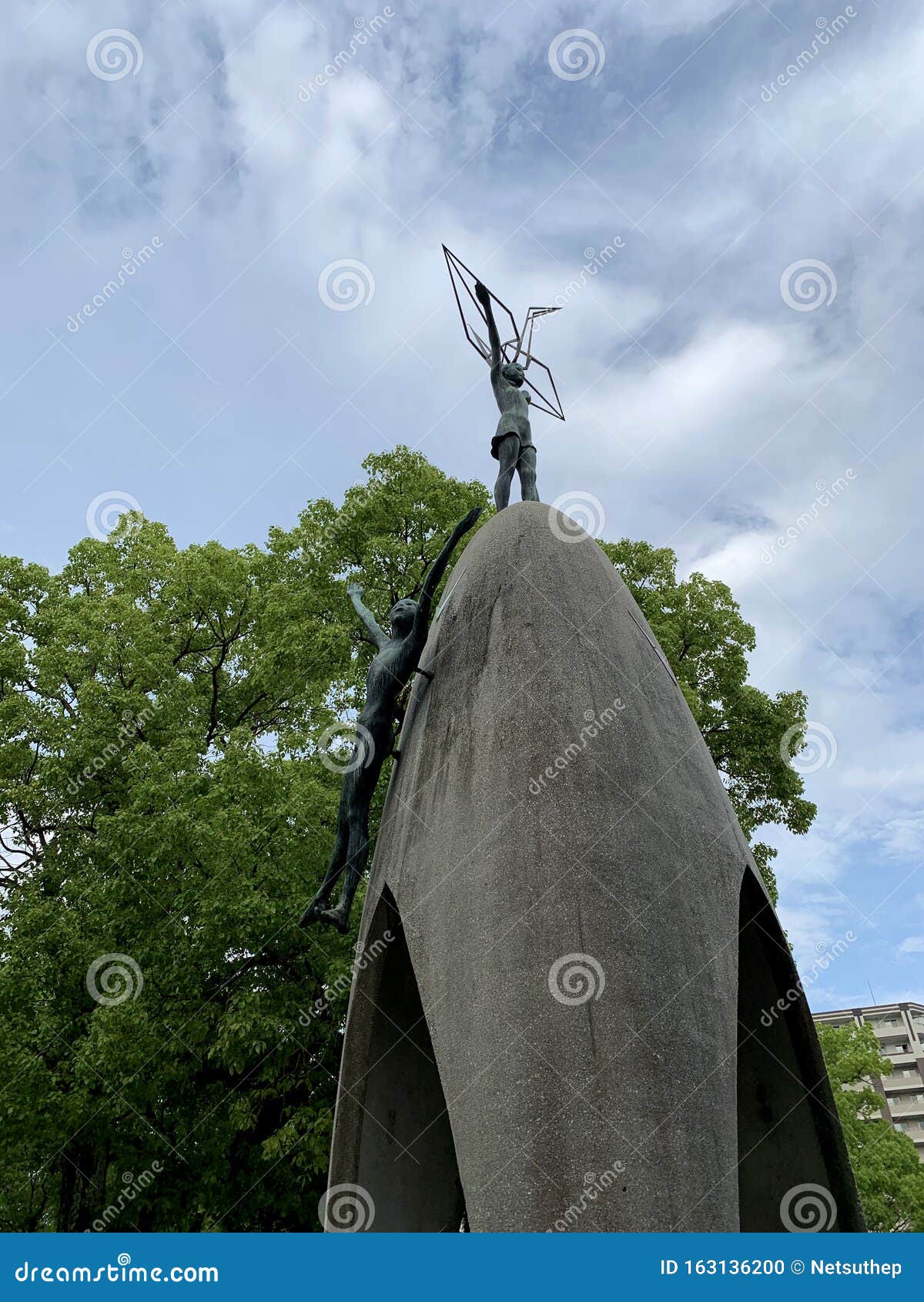



Sadako Sasaki Statue At Hiroshima Peace Memorial Park Editorial Image Image Of Health Human
Statue, park, monument A small memorial park containing a statue of Sadao Sasaki, a Hiroshima survivor Often garlanded with paper cranes Nearby cities Seattle, Washington, Kent, Washington, Tacoma, Washington Coordinates 47°39'"N 122°19'6"WSadako Sasaki, a school girl in Hiroshima, contracted leukemia (the "atom bomb disease") at age 11 from the atom bomb fallout ("black rain") she had survived at age 2 In 1958, a statue of Sadako holding a golden crane was unveiled in Hiroshima Peace Park Sadako's story has inspired people to fold paper cranes as a symbol of SADAKO SASAKI STATUE Seattle, WA Wallingford Peace Park is a park located in the University District of Seattle, Washington, at the corner of NE 40th Street and Roosevelt Way NE at the northern end of the University Bridge Built by Floyd Schmoe, winner of the 19 Hiroshima Peace Prize, and dedicated on , 45 years after




Hiroshima Japan May 15 Childrens Peace Monument In Hiroshima Japan Commemorates Sadako Sasaki And Other Child Victims Of Atomic Bombing Of Hiroshima Stock Photo Picture And Royalty Free Image Image
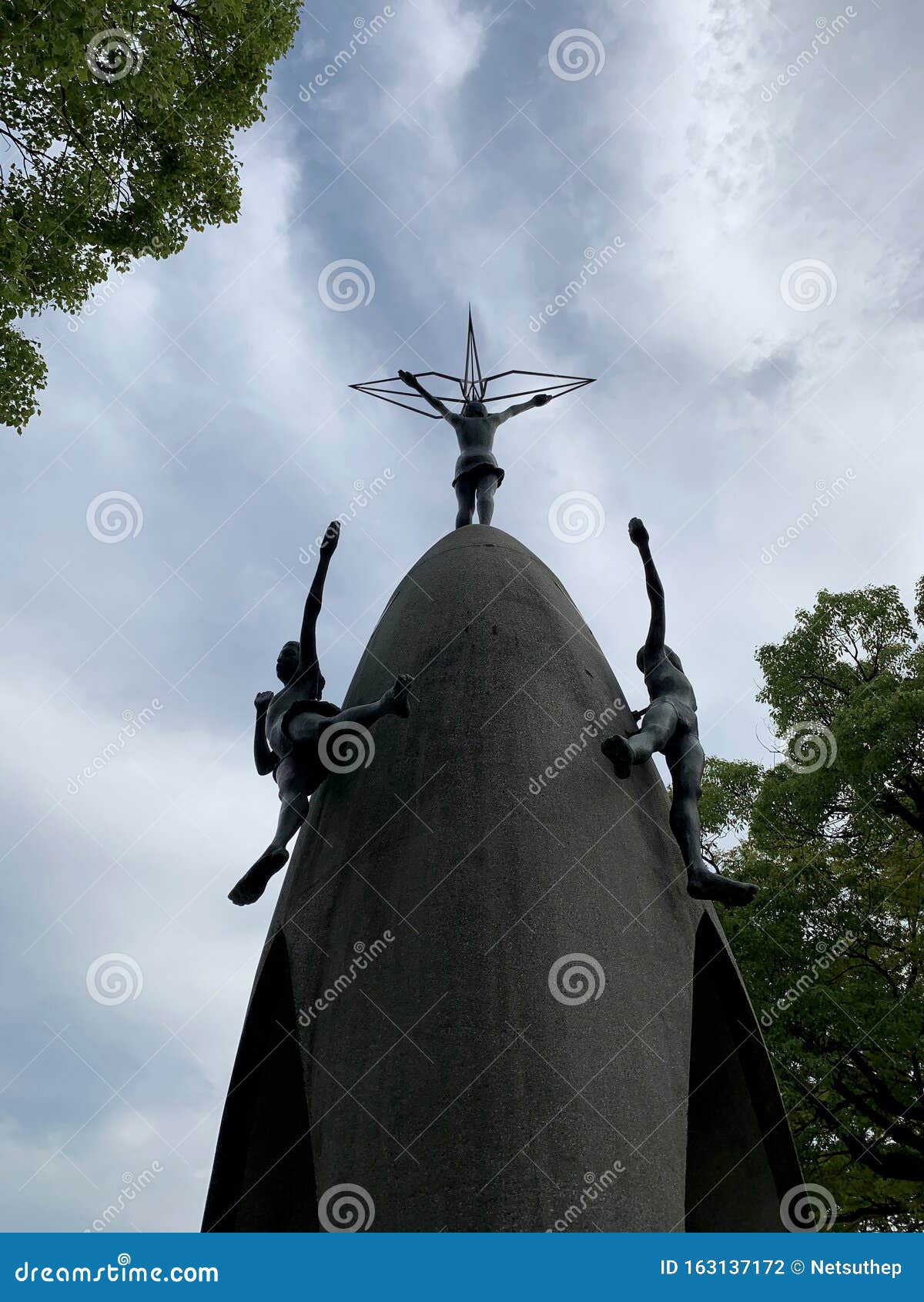



Sadako Sasaki Statue At Hiroshima Peace Memorial Park Editorial Photography Image Of Mankind Field
The statue is a lifesize bronze of Sadako Sasaki, the young Japanese girl who survived the Hiroshima bombing Since 1958, thousands have visited the statue of Sadako in Hiroshima Peace Memorial Park Sadako's figure lifts a large paper crane overhead Inscribed at the foot of Sadako's statue is a plaque that reads, "This is our cryInscription "Sadako Sasaki, Peace Child She gave us the paper crane to symbolize our yearning for peace in the world A gift to the people of Seattle from Fratelli's Ice Cream Daryl Smith Sculptor 1990" Vandalized in December 05 but repaired Upper image shows Schmoe with the statue & peace cranesThe Sadako Story Spreads After the statue was completed, the story of the actual Sadako Sasaki began to spread through the world as "the story of Sadako and the paper cranes" This began when Austrian journalist Robert Junk visited Hiroshima in 1956 and heard the story Junk told the story to the world in his book Light in the Ruins, which




1 Free Sadako Sasaki Japan Images
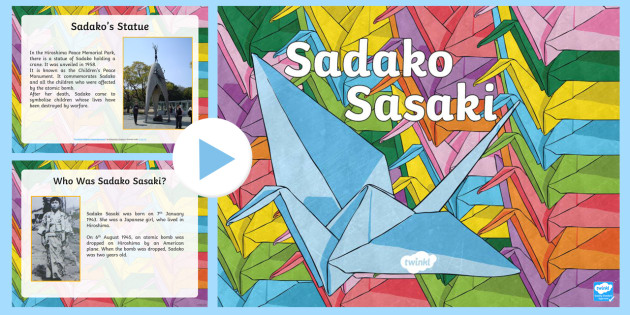



Sadako Sasaki Powerpoint Hiroshima Peace Day Twinkl
Sasaki Sadako () is one of Japan's emblematic symbols of peace Right Sadako's statue in Seattle's Peace Park Photos Wikipedia However, in 1954, when Sadako was 11 years old, she developed swelling on her neck, ears, and also purpura (a bleeding skin lesion) on her legs, although she had been diagnosed healthy during a The park features a bronze statue, by Daryl Smith, of Sadako Sasaki () holding a folded paper crane Sadako, who died at age 12 of leukemia caused by the atomic bombing of Hiroshima, made paper cranes an international symbol of peace through her effort to fold 1,000 cranes before her death The Peace Park dedication marks the 45thCorset Pattern Geek Crafts Origami Animals Every day school children visit the monument for the child victims of Hiroshima adorned with a statue of Sadako Sasaki holding up an origami crane The museum receives millions of paper cranes from around the world Photograph By Ari Beser Hiroshima, JAPAN—Origami, the Japanese art of fold



1




Sadako Sasaki My Hero
10 years later, Sasaki was diagnosed with acute malignant lymph gland leukemia (referred to as atomic bomb disease" in Hiroshima) She died on , aged just 12 Her memory, though, lives on thanks to the more than 1,000 paper cranes she folded while ill in the hospital Hiroshima Dropping The Bomb Hiroshima BBC Where Is The Statue Of Sadako? But when Seattle Parks Director Ken Bounds decided yesterday to leave the statue of Sadako Sasaki, a Japanese girl who died of leukemia after the atomic bombing of Hiroshima, at Peace Park, he




Nicos Kourenkov Sadako Sasaki
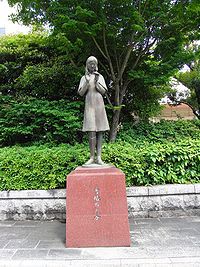



Sadako Sasaki
Biography of Sadako Sasaki and the story of a thousand paper cranes for elementry and middle school students Fun online educational games and worksheets are provided free for each biography After her death her schoolmates raised money for a memorial to her and in 1958 a statue of Sadako holding a golden crane was unveiled in the Hiroshima Sadly, although she folded 1,300 cranes, she died on Children all over Japan were so moved by her struggle that they petitioned for and raised money to build the Children's Peace Monument in her honor at the Hiroshima Peace Memorial Park in 1958 In 1958, a 9meter high bronze statue of Sasaki holding a golden crane and standing on top of a threelegged dome pedestal was unveiled in the Hiroshima Peace Memorial Park At the foot of the monument is a plaque that reads "This is our cry This is our prayer Peace in the world" There is also a statue of her in the Seattle Peace Park
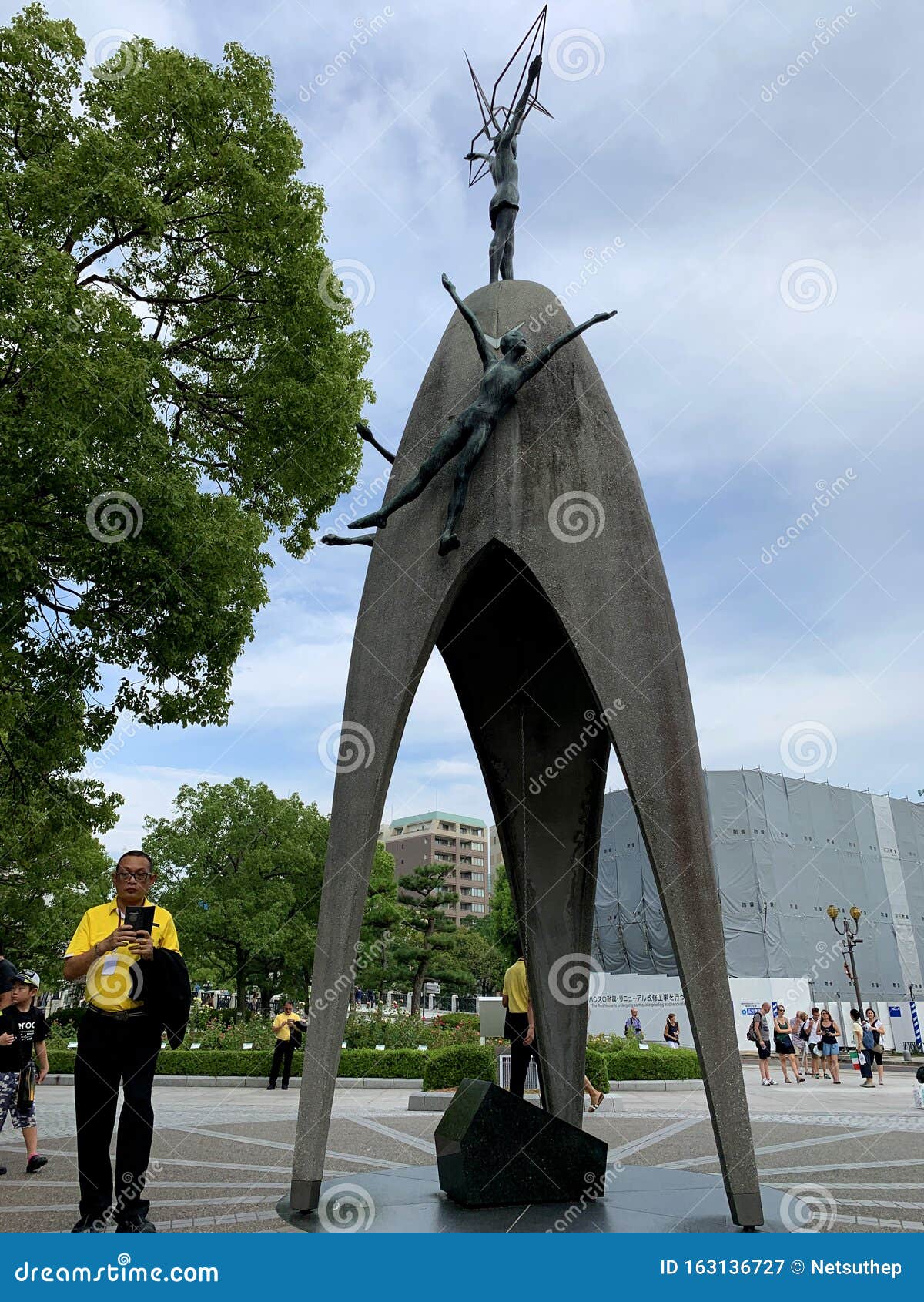



Sadako Sasaki Statue At Hiroshima Peace Memorial Park Editorial Photography Image Of Building Memorial




Sadako Sasaki Statue In Hiroshima Kairosphotos Images By Paul Jeffrey
This Pin was discovered by Ruth Phillips Discover (and save!) your own Pins on Quick Description A life size statue of Sadako Sasaki in Peace Park, Seattle WA Peace Park, in Seattle, WA was created by Dr Floyd Schmoe, a Quaker activist Dr Flyd Schmoe won the Hiroshima Peace Prize in 1998, awarding him $5,000, which he used towards the small park Sadako and the Thousand Cranes sculpture, created in 1990 by artist
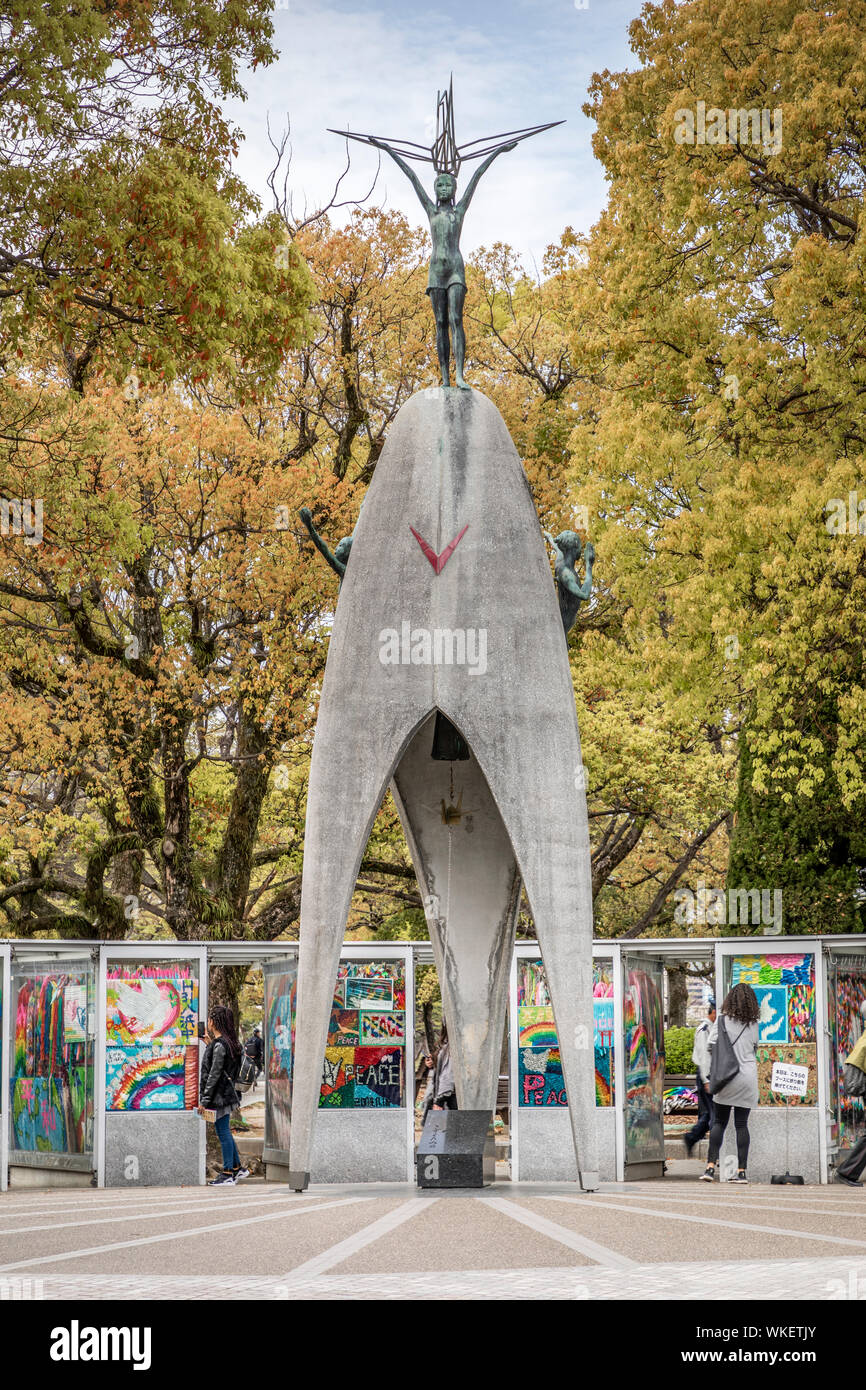



Statue Of Sadako Sasaki In The Peace Park Hiroshima Japan Stock Photo Alamy
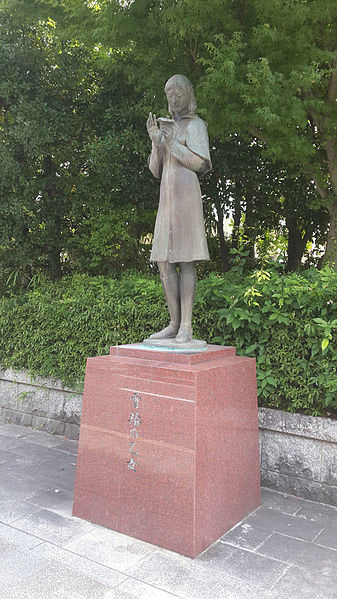



Sadako Sasaki Memorial Hiroshima Tracesofwar Com




Hiroshima S Daughter Sadako Sasaki Newspaper Dawn Com
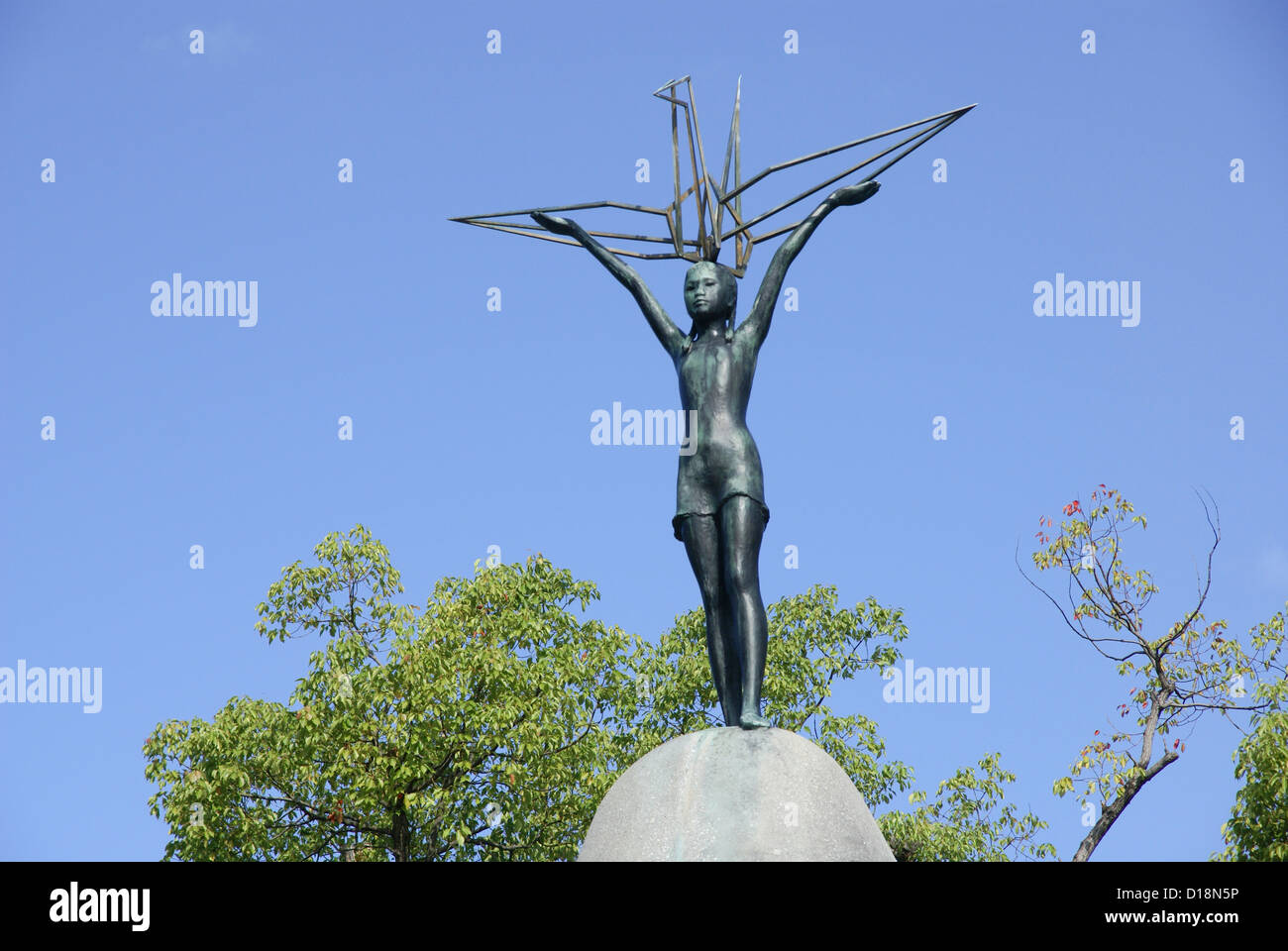



Children S Peace Monument Statue Of Sasaki Sadako Holding A Crane Japan Honshu Hiroshima Stock Photo Alamy




Bronze Statue Sadako Sasaki Seattle Seattle Stock Photo Shutterstock




Hiroshima Japan April Children S Peace Monument Monument Peace Commemorate Sadako Stock Editorial Photo C F11photo




In Memory Of Sadako Sasaki And The Others Victims
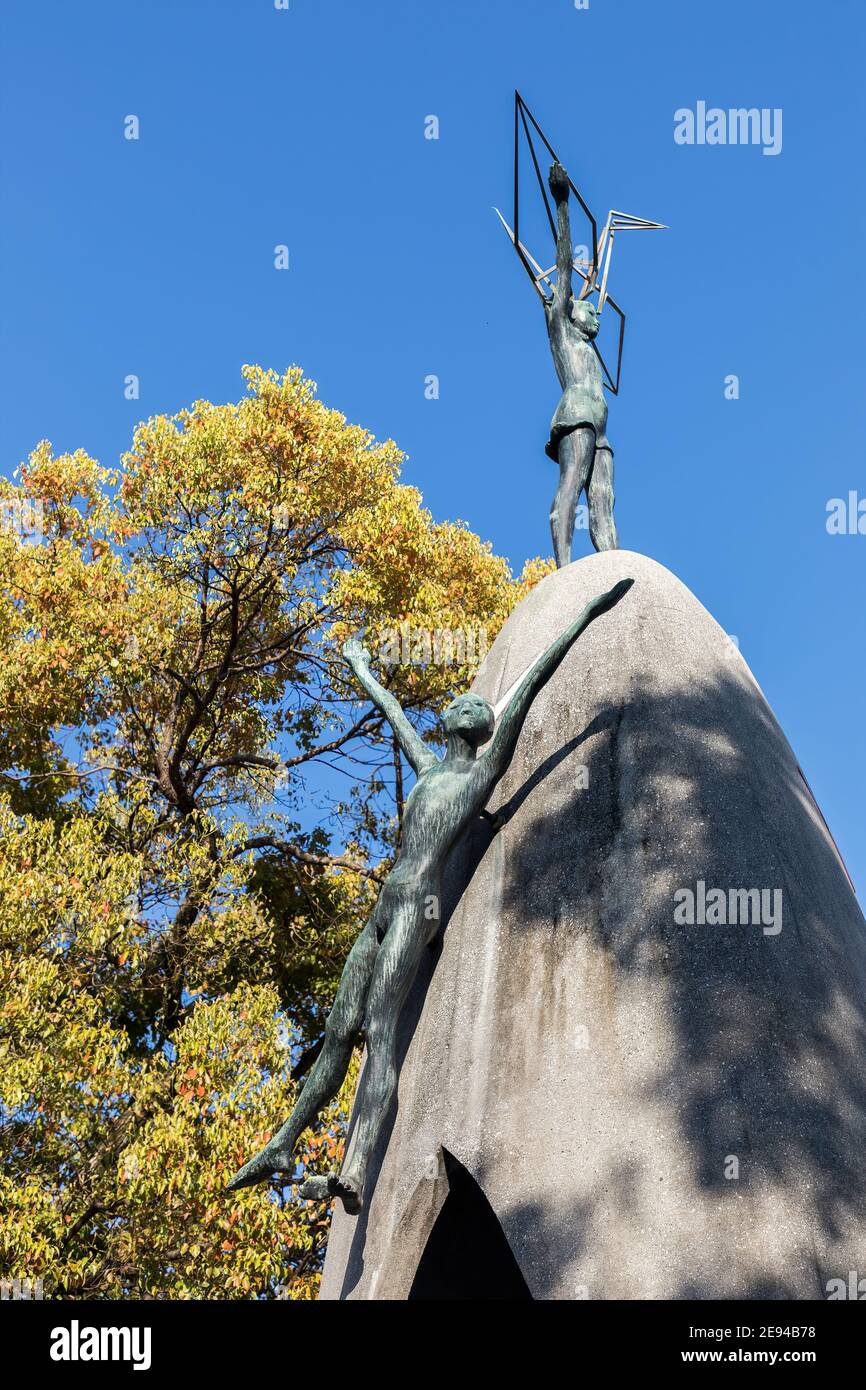



Children S Peace Monument Peace Park Hiroshima Japan With The Figure Of A Girl Sadako Sasaki On Top Stock Photo Alamy




Figurine Girl With A Crane Model Of The Monument Children S Monument To Peace In Hiroshima The Interactive Website Of The Gifts To Stalingrad




Sadako Sasaki Tragedy Hope And 1 000 Paper Cranes By Interesting Shit Medium




Seattle Japanese Garden Community Blog I Will Write Peace On Your Wings And You Will Fly All Over The World Sadako Sasaki
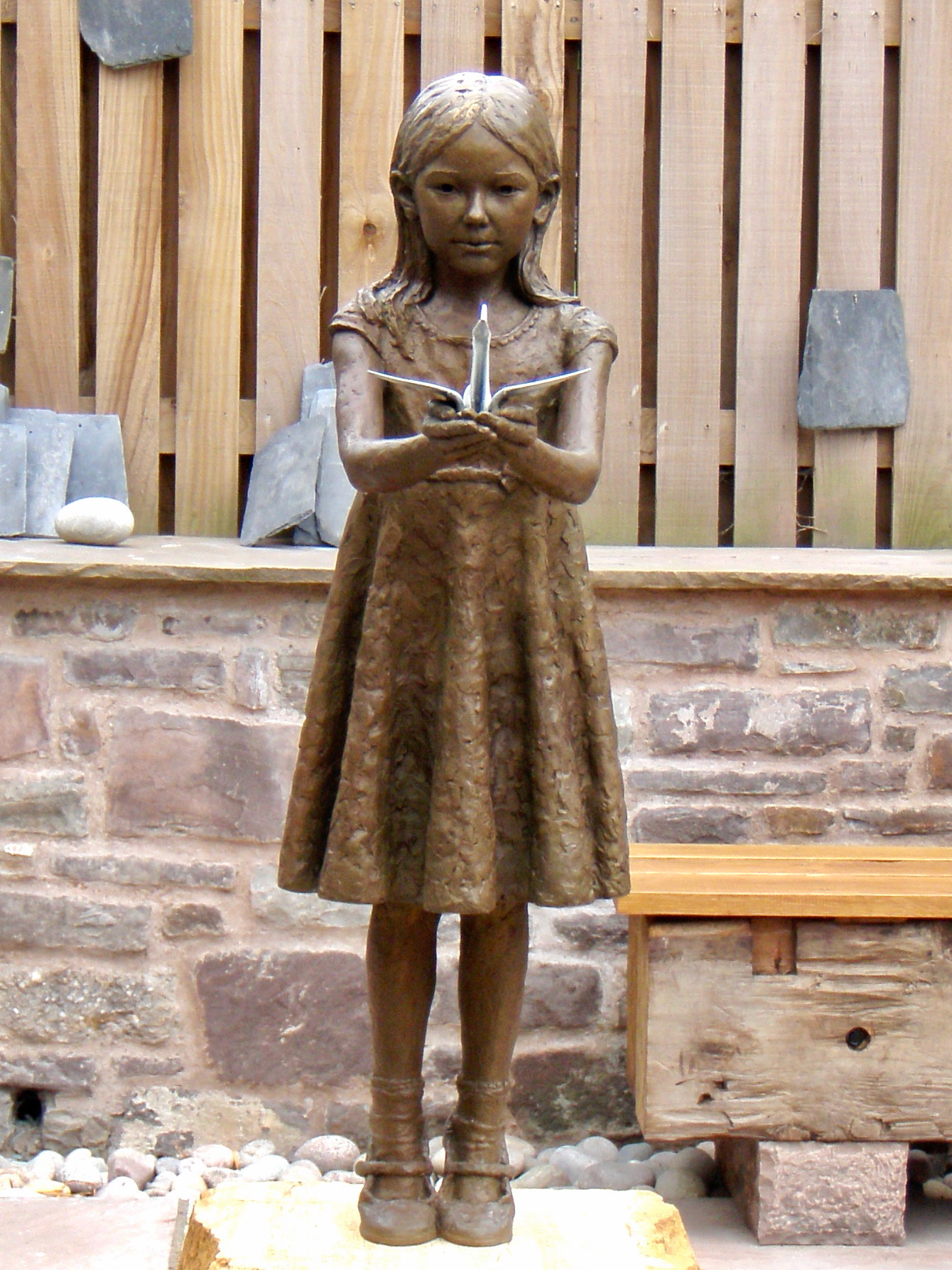



Sadako Sasaki 佐々木 貞子 Hazel Reeves Sculpture




733 Sasaki Images Stock Photos Vectors Shutterstock




Statue Of Sadako Sasaki In Hiroshima Peace Park The Story Of 1 000 Cranes Leyendas Origami




The Story Of Sadako Sasaki U S National Park Service




7 Sadako Sasaki Ideas Paper Crane Hiroshima 1000 Cranes
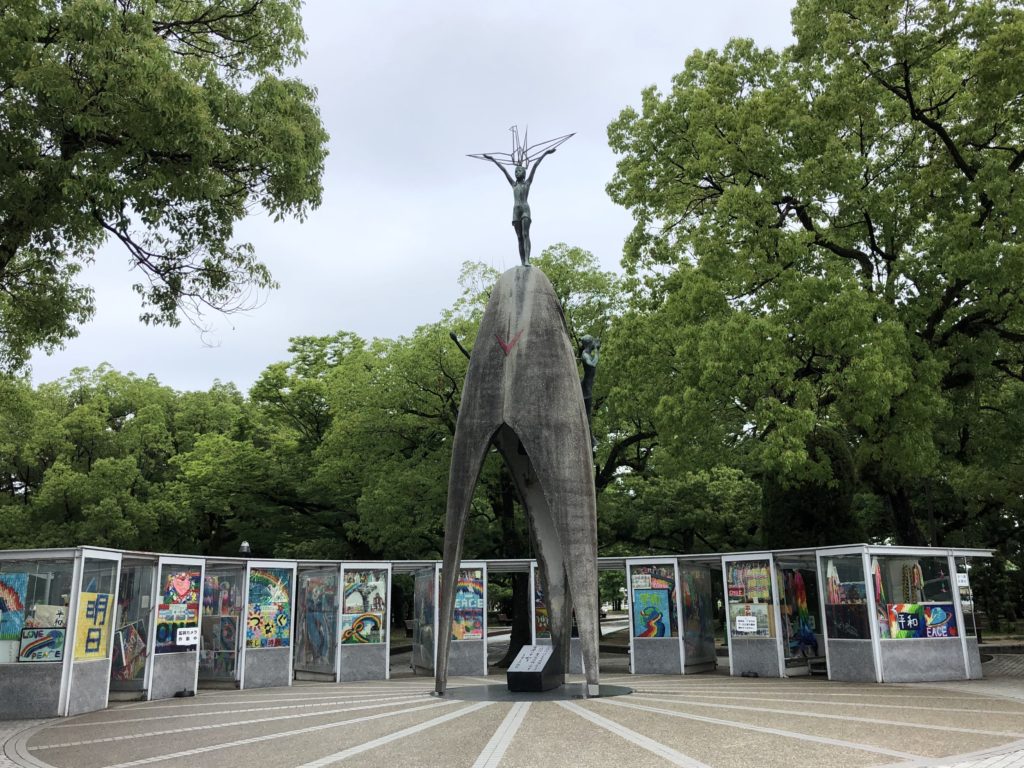



Children S Peace Monument Hiroshima For Global Peace




Children S Peace Monument And Sadako Saskaki S Paper Cranes Hiroshima Times Of India Travel




Sadako Sasaki And The Senbazuru




Hiroshima And Peace Memorial Park Pumpkintale




The Story Of Sadako Sasaki Leukemia Cranes Hiroshima Peace Park Merryan Hiroshima Japan Guide Youtube



President Obama Visited Hiroshima It Was Time




Efrovida Monumento A Sadako Sasaki Efrovida Origami 1000grullasdepapel Facebook




Sadako Sasaki Statue In Seattle Is Serendipitous Giantrobotstore




Hiroshima Japan Image Photo Free Trial Bigstock




Children S Peace Monument Statue Of Sasaki Sadako Holding A Crane Hiroshima Honshu Japan Asia Stock Photo Picture And Rights Managed Image Pic Y7s Agefotostock




Sadako Sasaki Wikipedia




Bronze Statue Sadako Sasaki Seattle Seattle Stock Photo Shutterstock
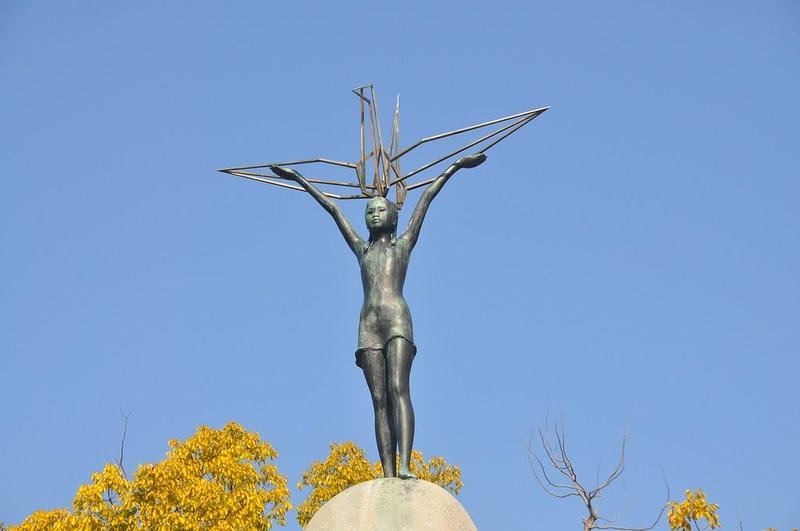



The Story Of Sadako Sasaki U S National Park Service




Statue Of Sadako Sasaki In Seattle Peace Park Statue Of Sa Flickr
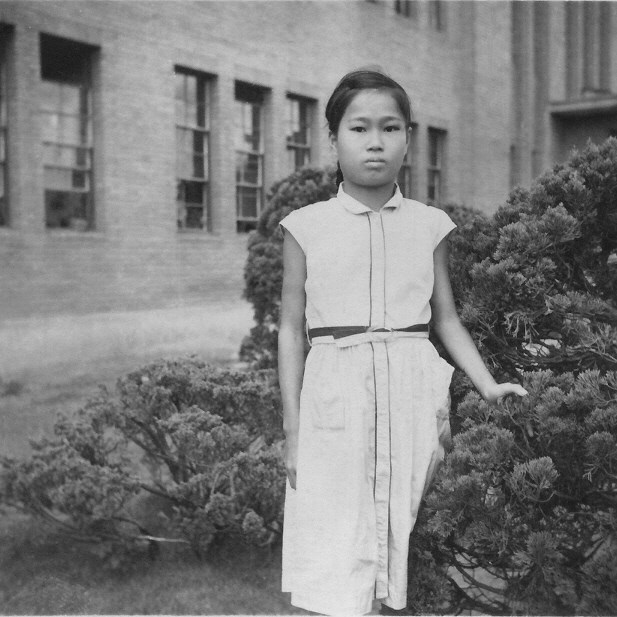



The Story Of Sadako Sasaki U S National Park Service
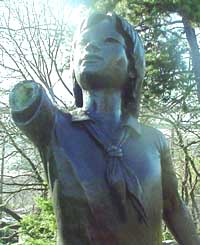



Vandalized Statue Of A Bomb Victim Repaired The Japan Times




Here S The Emotional Real Story Behind Japan S Statue Of Peace Sadako Sasaki Chai Bisket




The Story Of Sadako Sasaki Origami Expressions




The Story Of Sadako Sasaki Origami Expressions




The Hiroshima Child Sadako Sasaki Statue In Seattle Stock Photo Picture And Royalty Free Image Image




Sadako Sasaki Statue Hazel Reeves Sculpture
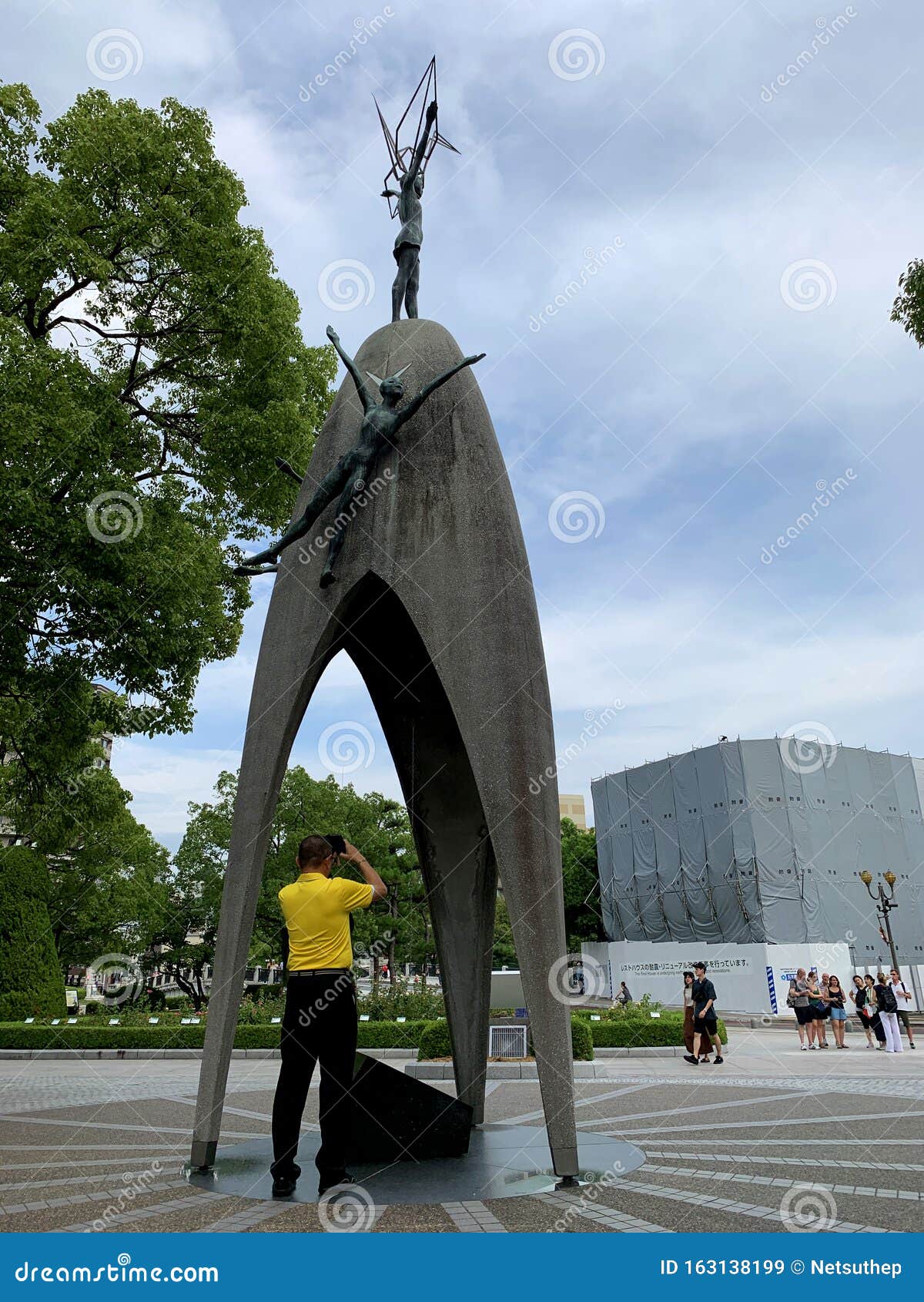



Sadako Sasaki Statue At Hiroshima Peace Memorial Park Editorial Stock Image Image Of Aioi Leukemia




Children S Peace Monument In Hiroshima Stock Photo By C Cowardlion




Sadako And The Thousand Cranes The Nuclear World Project




286 Sadako Sasaki Images Stock Photos Vectors Shutterstock



Sadako Sasaki Manhattan Project And The Bombing Of Hiroshima And Nagasaki
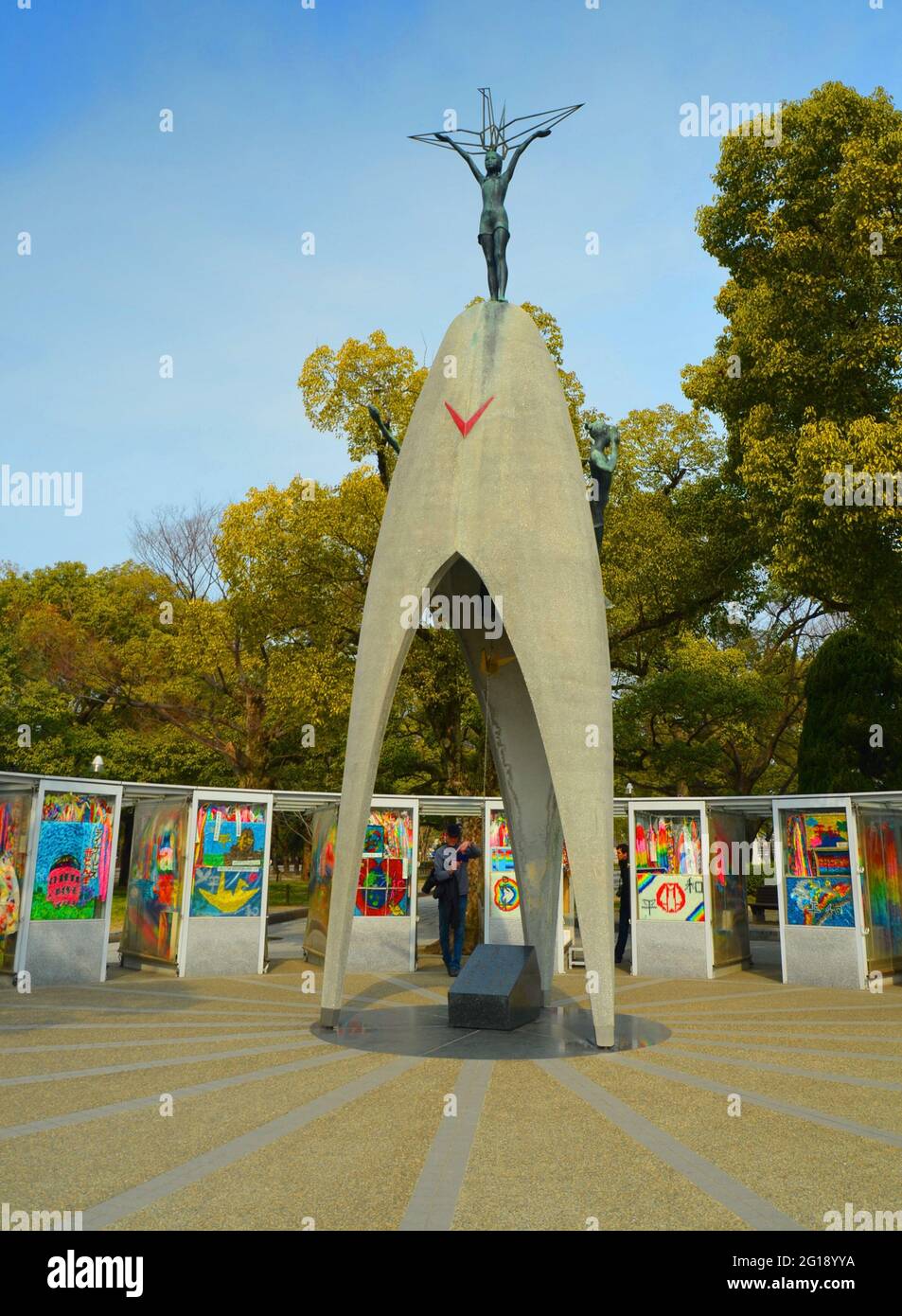



Hiroshima Peace Memorial Park Children S Peace Monument To Commemorate Sadako Sasaki And The Thousands Of Child Victims Of The The Atomic Bomb Stock Photo Alamy




Paper Cranes 1000 One Thousand Sadako Sasaki Hiroshima Pea Flickr




Hiroshima And Nagasaki Exhibition Peace Cranes




Children S Peace Monument Wikipedia




Hiroshima Japan April 18 15 Children S Peace Monument This Monument For Peace To Commemorate Sadako Sasaki And The Children Victims Of The Atomic Bombing Stock Photo Picture And Royalty Free Image Image
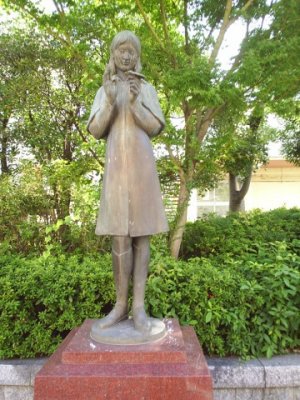



Garden Of Praise Sadako Sasaki Biography




In Remembering Hiroshima One Girl S Heartbreak Reaches Across Language And Culture Whyy




Sadako Sasaki S Story Coventry City Of Peace



3




Seattle Peace Park Is Dedicated On August 6 1990 Historylink Org




Sadako Sasaki Mayhem Travels




Hiroshima Japan November 21 1015 The Children S Peace Monument With A Figure Of Sadako Sasaki At The Top Of The Statue And A Boy And A Girl At The Sides Stock Photo
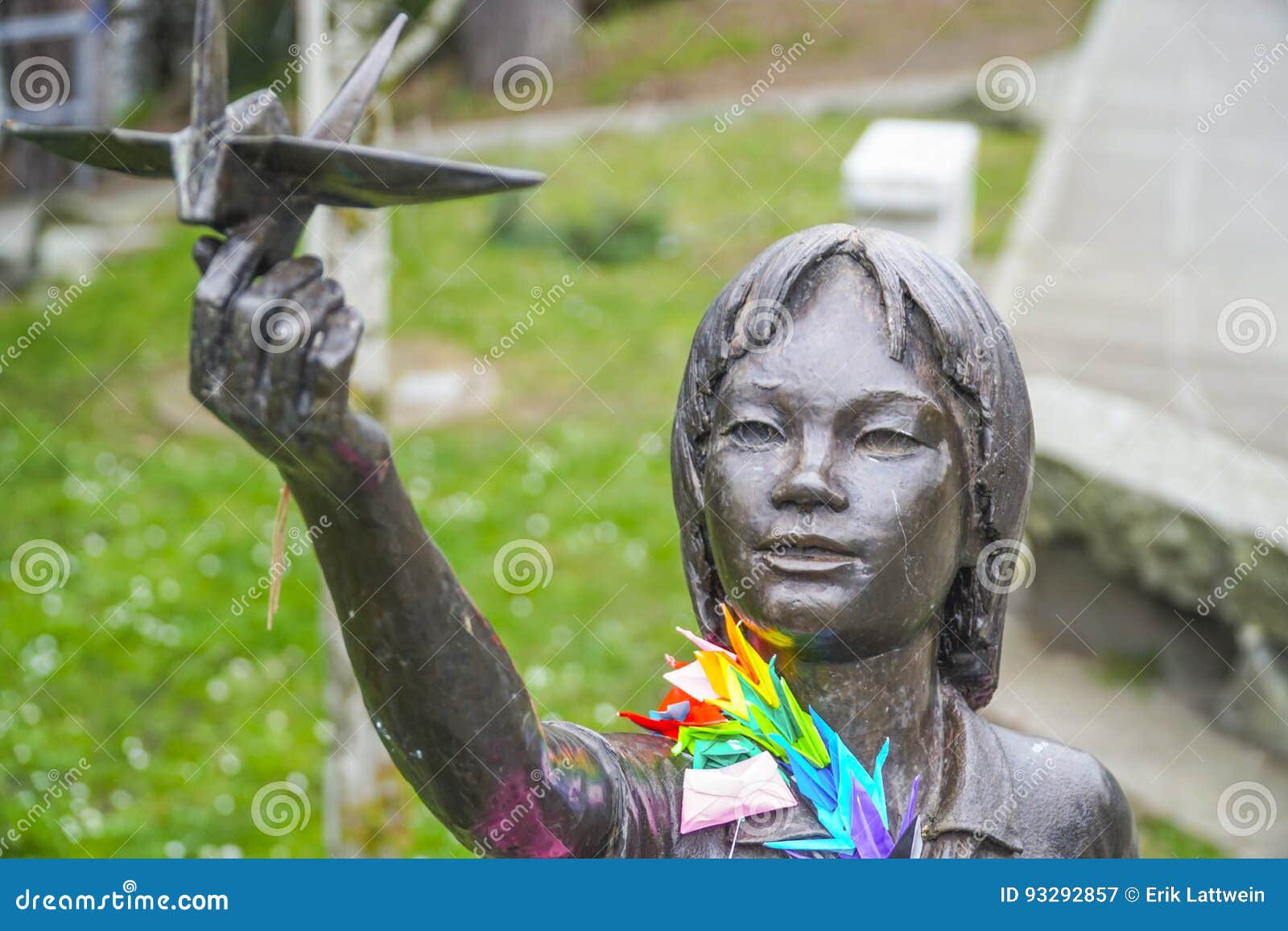



Bronze Statue Of Sadako Sasaki In Seattle Seattle Washington April 11 17 Editorial Photography Image Of America Sightseeing




Hiroshima Japan July 19 17 Sadako Stock Photo Shutterstock



1




Childrens Peace Monument In Hiroshima Stock Photo Download Image Now 1945 Asia Atomic Bomb Istock




Wish Upon A Crane Redflagmagazine
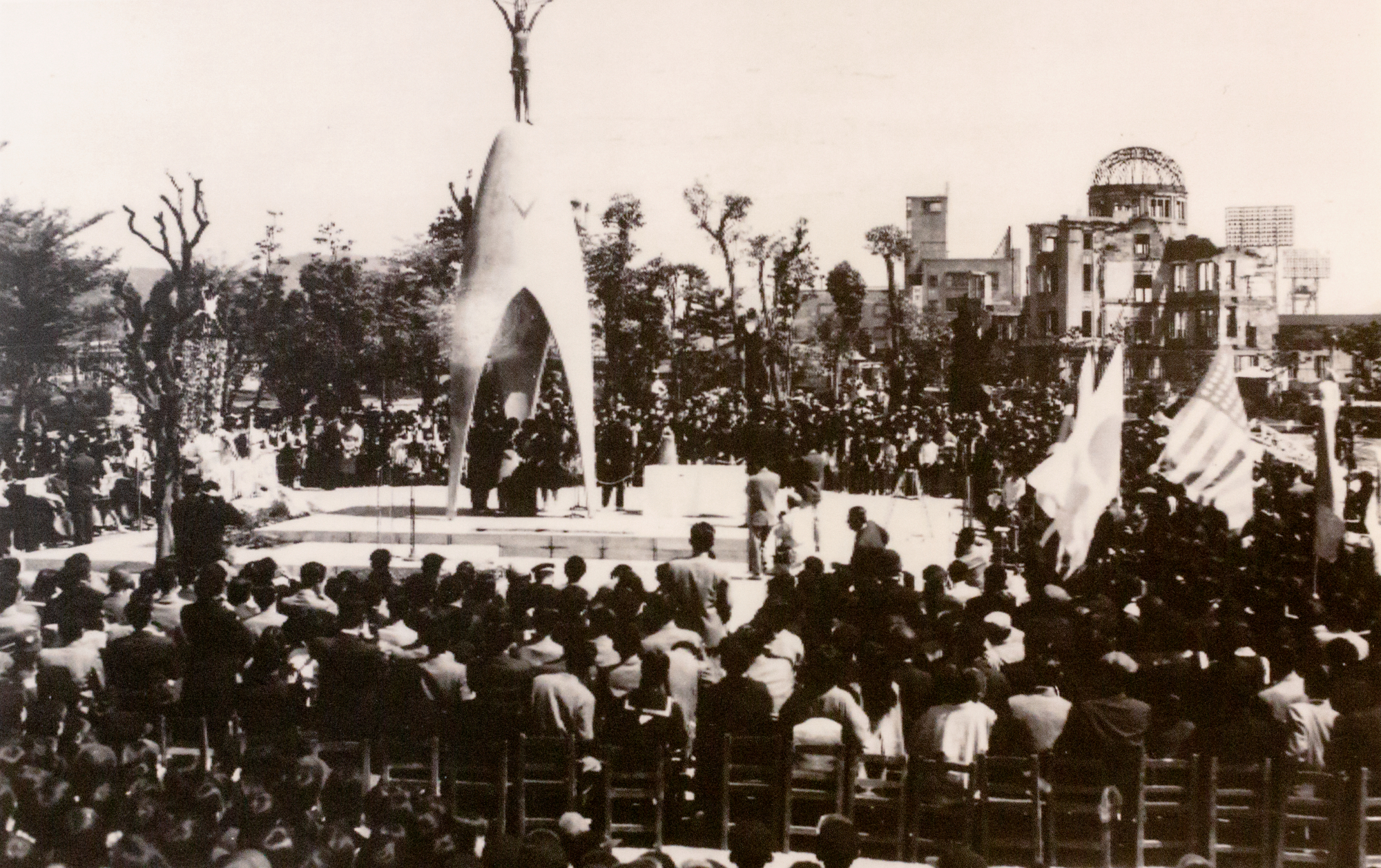



60 Years After Sadako Sasaki S Death The Story Behind Hiroshima S Paper Cranes Is Still Unfolding The Japan Times




A Statue Of Sadako Sasaki On The Children S Peace Monument 原爆の子の像 Genbaku No Ko No Zo In Hiroshima Japan Stock Photo Alamy




Children S Peace Monument Hiroshima Japan Stock Editorial Photo C Platongkoh01




This Is Our Cry This Is Our Prayer Peace In The World Sadako Sasaki Was Two Years Old When The Atomic Bomb Was Dropped On Hiroshima During World War Ii She Was




Pin Page




Sadako Sasaki Johnliddlephotography




Childrens Peace Monument Stock Photo Download Image Now Asia Atomic Bomb Atomic Bombing Of Hiroshima Istock




Sadako Sasaki Statue Nagasaki Hypocenter Park Nagasaki Flickr




Sadako Sasaki How One Girl Came To Symbolize Peace In Japan




The Story Of Sadako Unofficial Knowledge Is Power Facebook




Here S The Emotional Real Story Behind Japan S Statue Of Peace Sadako Sasaki Chai Bisket
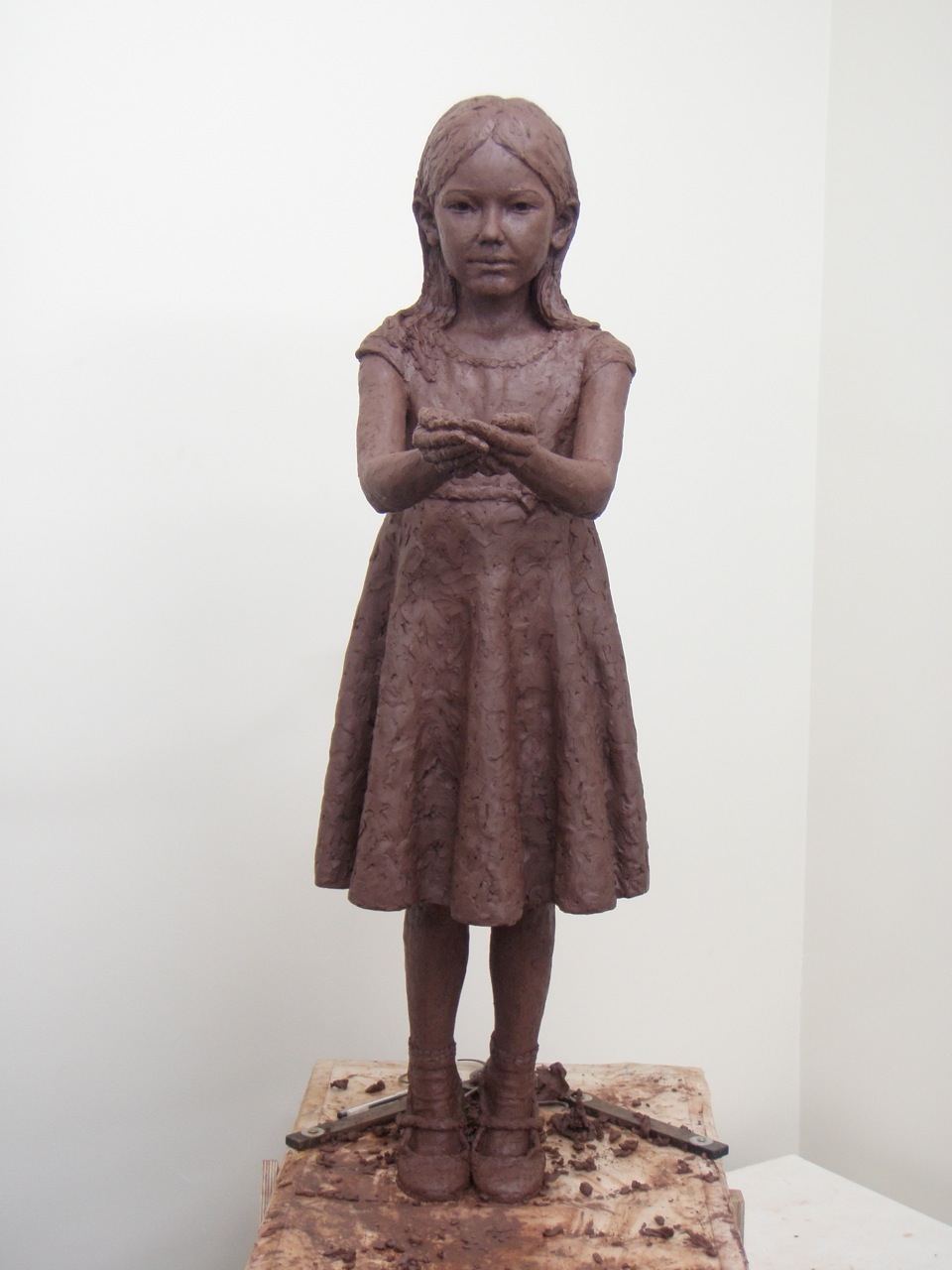



Sadako Sasaki Statue Hazel Reeves Sculpture
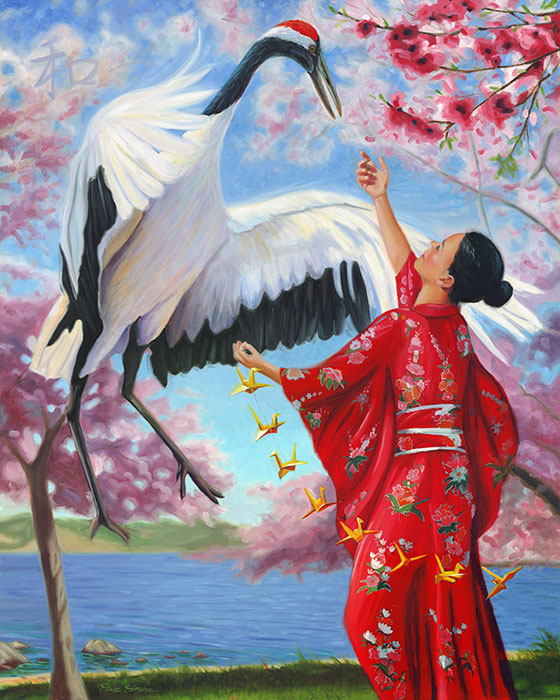



Sadako Sasaki The Great Peacemakers




Statue Sadako Sasaki Image Photo Free Trial Bigstock




The Children S Peace Monument Japan Experience




Sadako Sasaki Poeme Japonais Japon Papier Washi




File Sadako Sasaki Statue Jpg Wikimedia Commons



3




Sadako Sasaki How One Girl Came To Symbolize Peace In Japan




The Story Of Sadako Sasaki And The Hiroshima Peace Cranes




Photo Of Statue Of Sadako Sasaki Peace Memorial Park Hiroshima Japan
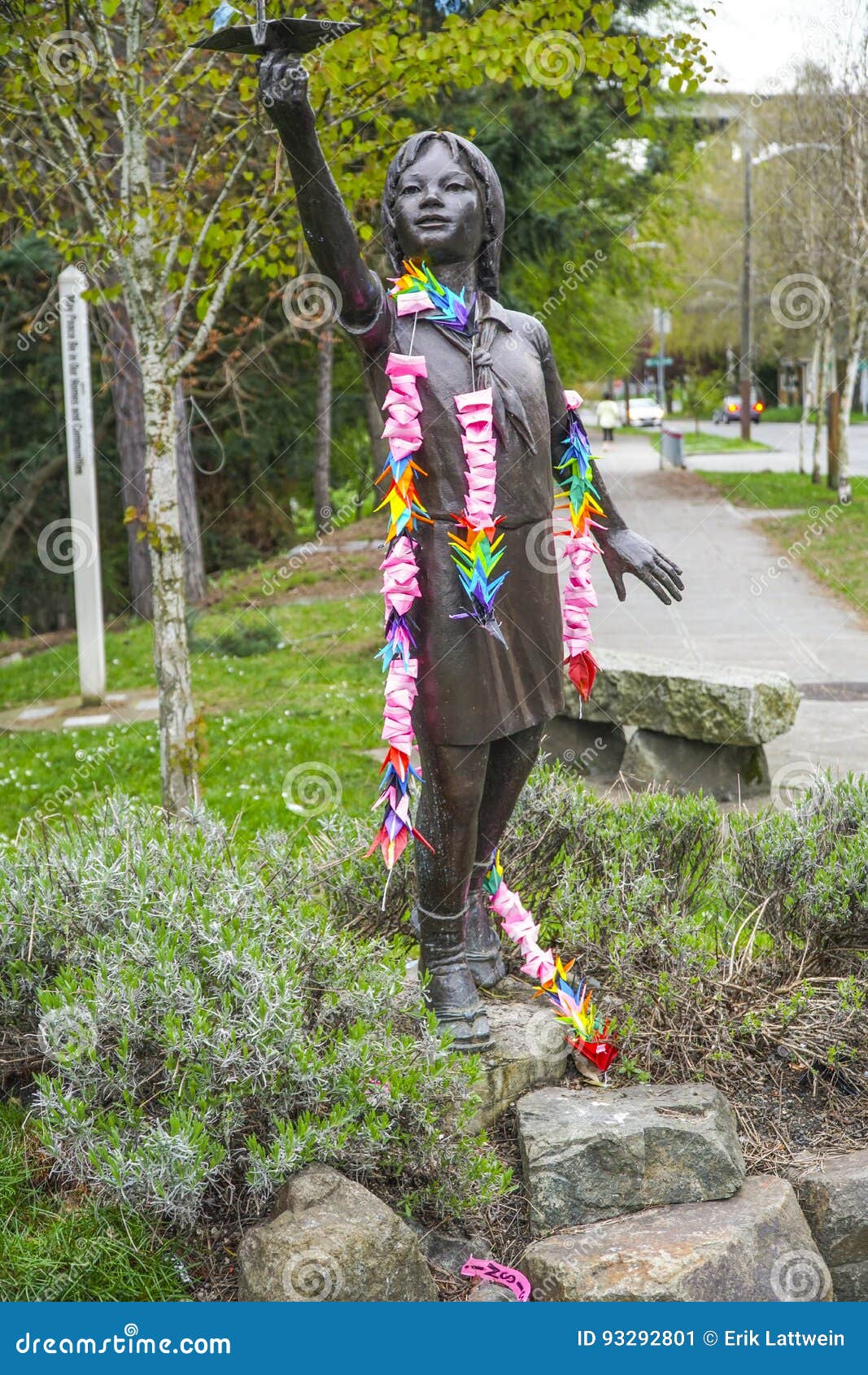



Seattle Peace Park With Statue Of Sadako Sasaki Seattle Washington April 11 17 Editorial Photo Image Of Seattle Shopping




Children S Peace Monument Peace Park Hiroshima Japan With The Figure Of A Girl Sadako Sasaki On Top Stock Photo Alamy




Sadako Sasaki Statue At Hiroshima Peace Memorial Park Editorial Photography Image Of Life Killing
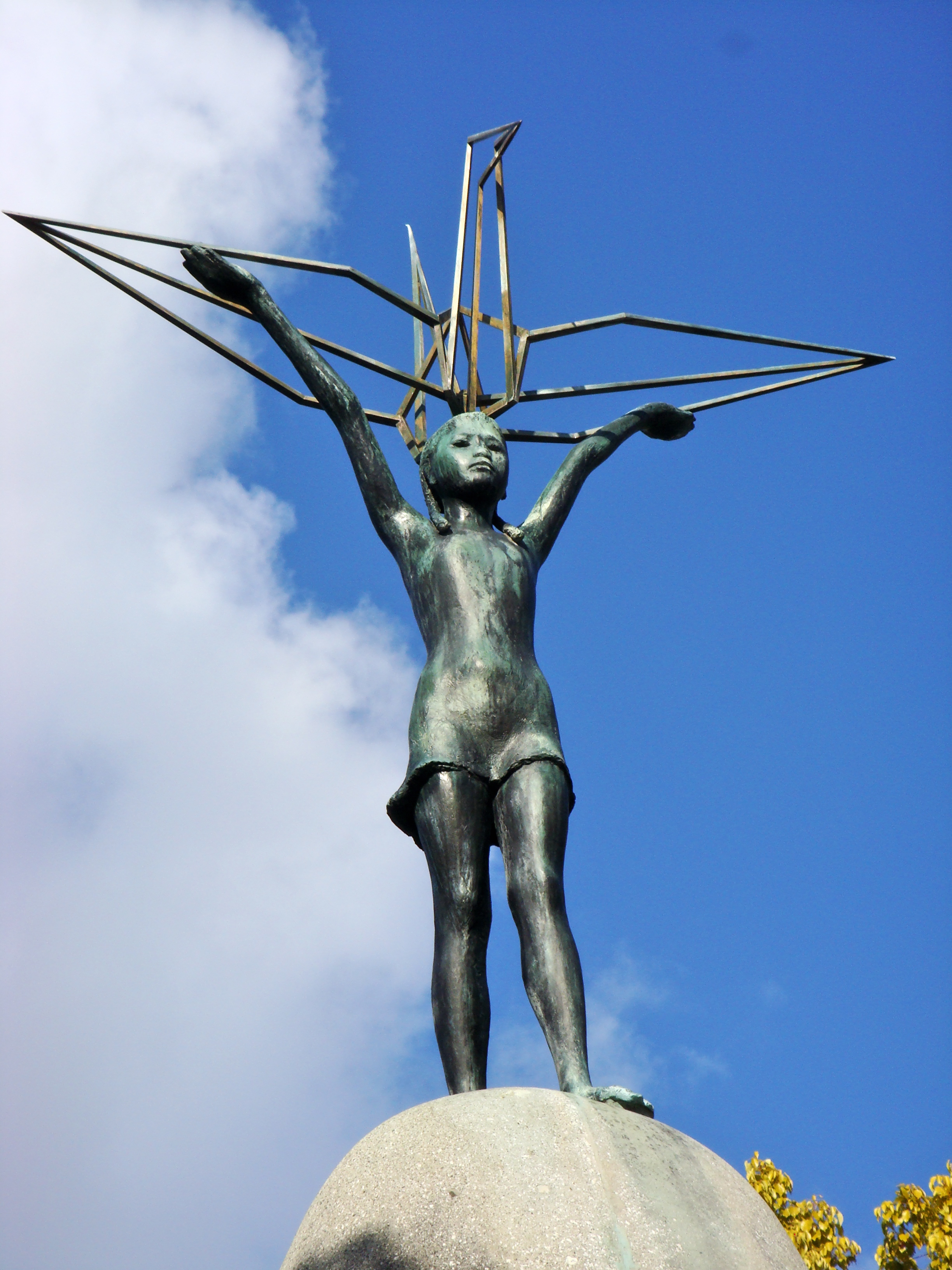



Cancer Cranes And Hope Lessons Blendspace




Sadako Sasaki My Hero




Sadako Sasaki Humanitarian Law Policy Blog
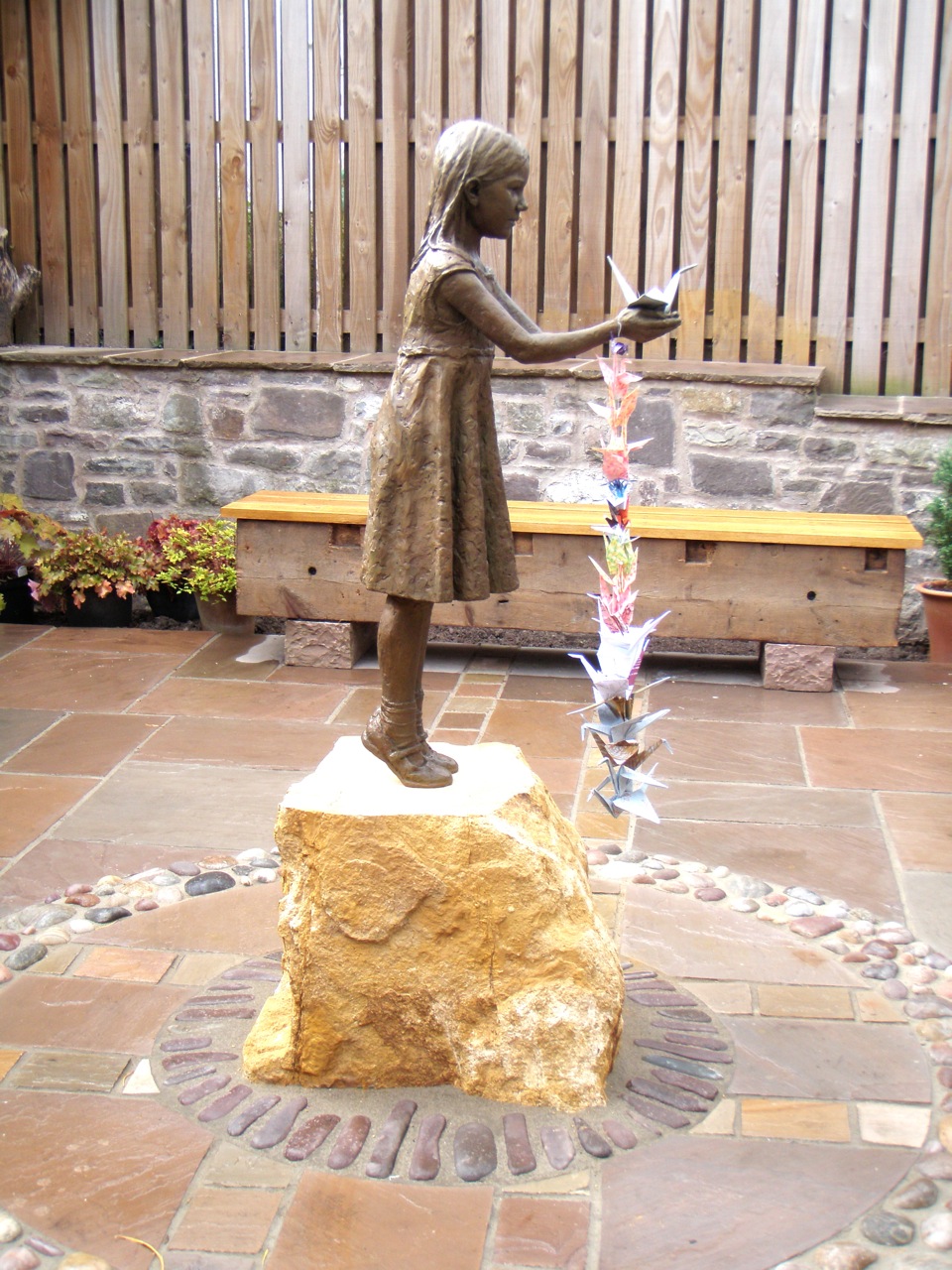



Sadako Sasaki Statue Hazel Reeves Sculpture
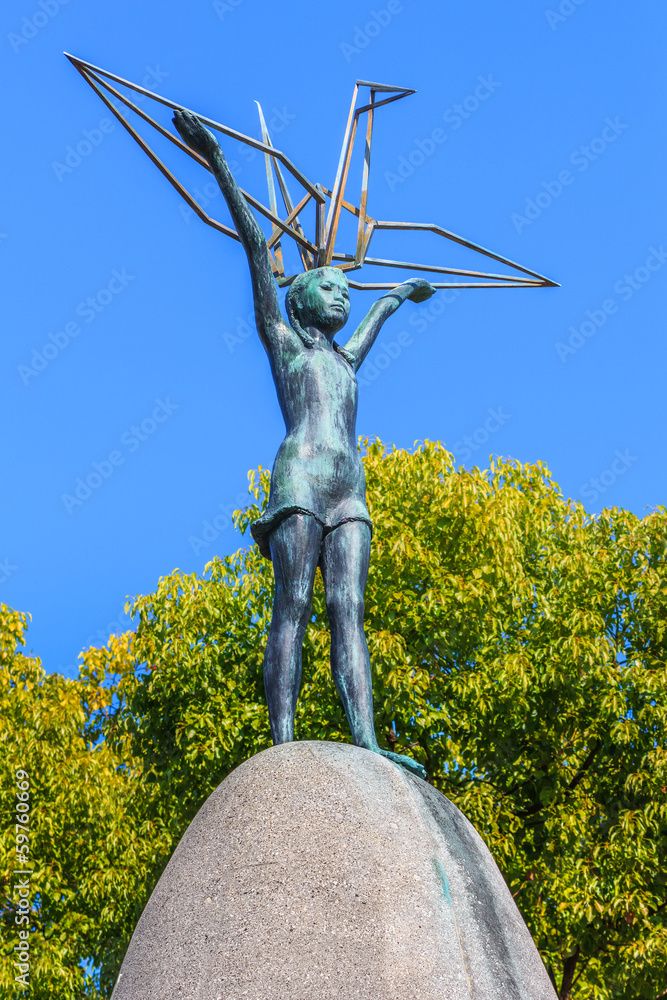



Sadako Sasaki Images Browse 54 Stock Photos Vectors And Video Adobe Stock



0 件のコメント:
コメントを投稿